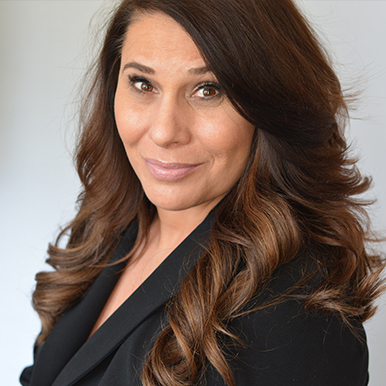Directed more than 300 AmeriCorps members deployed to Joplin, Missouri, where they coordinated the work of 60,000 unaffiliated volunteers following a devastating tornado.
Within hours after the nation’s deadliest tornado in nearly 60 years ripped through Joplin, Missouri, killing 161 people and destroying some 7,000 homes and businesses, the first team of AmeriCorps members arrived on the scene to lend a helping hand.
In the days and months that followed the May 22, 2011 catastrophe, more than 300 AmeriCorps members from seven states came to the devastated community. They opened a missing persons hotline, led groups that cleared roads and debris, and served meals to shaken residents. Later, they provided homeowner assistance, operated a donation warehouse and began rebuilding homes across the city.
Most importantly, the AmeriCorps St. Louis Emergency Response Team, working with federal, state and local agencies, played an ongoing and critical role in helping bring order, safety and direction to more than 60,000 citizen volunteers who came to Joplin over many months to offer needed assistance and hope.
Managed and supported by AmeriCorps members, these volunteers have provided more than 579,000 hours of service and contributed to $17.7 million of donated resources to more than 2,000 households.
Central to mobilizing the AmeriCorps members, coordinating their efforts and ensuring their effectiveness in managing the large number of unaffiliated volunteers was Kelly Menzie-DeGraff, director of disaster services for the Corporation for National and Community Service, which oversees AmeriCorps.
“Kelly and her team reacted so quickly and so dramatically,” said John Gomperts, the former director of AmeriCorps. “It was an enormous, extraordinarily coordinated response.”
Robert Velasco, chief operating officer of the Corporation for National and Community Service, said the challenges were immense and the uncertainties were great. Amid the chaos and heartbreak, he said, people needed medical attention, people were missing, and food and shelter were in high demand.
Some of the volunteers who streamed into Joplin had medical and nursing training. Some were experts with heavy equipment. Many others had no actual experience, but a willingness to work.
Velasco said Menzie-DeGraff and her team worked with the Federal Emergency Management Agency (FEMA) as well as state and local agencies and nonprofit organizations to make full use of the volunteers, “preventing the chaos that often emerges in disaster zones when citizens are given unchecked access and volunteers aren’t properly managed.”
At a June 6, 2011 news conference, Missouri Gov. Jay Nixon praised the effort, stating that “AmeriCorps has played a really lead role in making sure that volunteers have come in and have tasks at hand that are safe and doable.” On Jan.18, 2012, the Missouri House of Representatives adopted a resolution calling the work of the AmeriCorps members “indispensable to the recovery.”
That sentiment was echoed by Joplin Assistant City Manager Sam Anselm.
“I don’t know where we would be at this point in the recovery without AmeriCorps,” said Anselm. “They were absolutely instrumental.”
The outstanding work in Joplin and at other disaster sites led FEMA and AmeriCorps to formalize their relationship. In March 2012, the two agencies announced the creation of FEMA Corps, a new unit of the AmeriCorps National Civilian Community Corps that eventually will have 1,600 members devoted solely to FEMA disaster response and longer term recovery efforts every year.
Menzie-DeGraff said the Monday morning after the 190 mph twister carved its mile-wide and 13 mile-long path of destruction through Joplin and the surrounding area, over 2,000 people showed up wanting to help. On the Saturday of that week, the AmeriCorps team processed and dispatched another 3,000 volunteers to clear debris, work in shelters and perform other tasks
“Volunteers are critical to the disaster response and recovery process and the magnitude of those wanting to provide assistance is stunning. And while the intentions of volunteers are heroic, the sheer volume of volunteers can easily overwhelm a community if there is not an organized effort,” Menzie-DeGraff said.
“That was the unique value of the AmeriCorps response in Joplin.”
She said AmeriCorps, in partnership with a host of non-profit, federal and state agencies, made sure volunteers were registered, deployed, supervised, given safety training and assigned to help residents who were most in need.
AmeriCorps is a national service program that provides opportunities for citizens to serve their communities through more than 3,000 nonprofits, public agencies and faith-based organizations. Since 1994, more than 775,000 men and women have provided needed assistance to communities across the nation through their AmeriCorps service, from tutoring disadvantaged youth and environmental stewardship to improving health services and helping communities respond to disasters.
Menzie-DeGraff, who served as an AmeriCorps member in 1994 and has held numerous staff positions within the organization since that time, said dealing with tragedies like Joplin is difficult, but rewarding when you can work collectively to provide assistance to those in need.
“No one individual, agency or organization can stand alone in times of disaster,” said Menzie-DeGraff. “It takes the whole community to really make a difference.”

